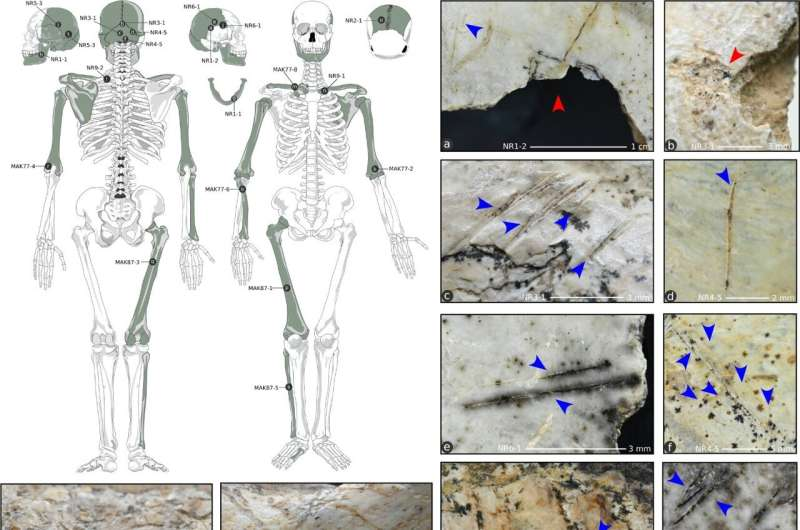Discovery of Cannibalism in Maszycka Cave
A recent study has uncovered compelling evidence suggesting that the Magdalenian people, who lived approximately 18,000 years ago, practiced cannibalism in what is now Poland. Conducted by an international team of archaeologists, paleontologists, and historians from Spain, Germany, and Poland, the research re-examined human bone fragments discovered in Maszycka Cave. Their findings, published in Scientific Reports, reveal that these ancient humans not only consumed animal flesh but also engaged in the consumption of human remains.
A History of Cannibalistic Practices
Throughout human history, various cultures have engaged in cannibalism, either as part of ritualistic ceremonies or as a desperate measure during periods of extreme starvation. While some instances of cannibalism were symbolic, serving spiritual or cultural purposes, others were driven by survival needs in harsh environmental conditions.
Revisiting the Maszycka Cave Findings
The bones analyzed in this study were originally excavated in the 19th century and during the 1960s, but their human origin was only recently confirmed. Many of the bones were severely fragmented, making identification difficult until modern analytical techniques were applied.
Upon closer examination, researchers identified cut marks on the bones that closely resembled those found on animal remains subjected to butchering. Additionally, numerous bones showed signs of being cracked open—likely to extract the nutrient-rich marrow inside. These findings strongly suggest that human bodies were processed in the same way as animals for consumption.
Contextual Clues: Mixed Remains and Timing
Further supporting the theory of cannibalism, the researchers discovered that human bones were intermingled with animal remains that bore similar cut marks. The presence of both types of remains in a single archaeological context indicates that they were likely consumed together.
Additionally, radiocarbon dating suggests that all the bones originated from the same time period, implying that the consumption event may have occurred in a single episode. This timeframe coincides with the period following the last Ice Age, a time when expanding territories and resource competition could have led to violent conflicts and acts of cannibalism.
An Alternative Interpretation?
While the evidence strongly suggests cannibalism, the research team acknowledges the possibility of alternative explanations. Some ancient cultures practiced defleshing human remains as part of funerary rites, where bones were stripped clean in ritualistic ceremonies rather than for consumption. However, the combination of cut marks, marrow extraction, and mixed animal-human remains makes the case for cannibalism highly plausible.
Conclusion
The discovery at Maszycka Cave offers fascinating new insights into the behaviors and survival strategies of the Magdalenian people. Whether as a means of sustenance or part of a ritual practice, these findings provide a rare glimpse into the complexities of human life and survival in prehistoric Europe. Ongoing research will continue to explore the motivations behind this ancient practice, shedding light on one of the more enigmatic aspects of early human history.







